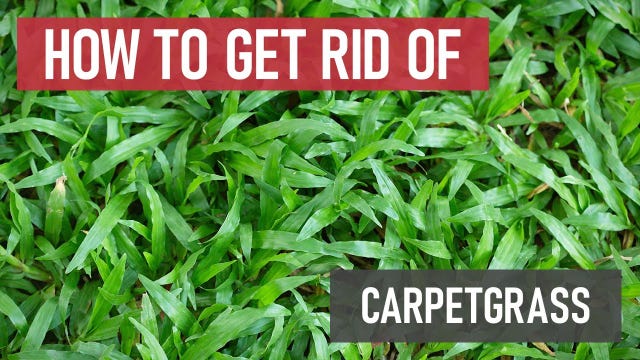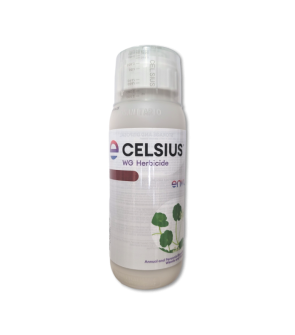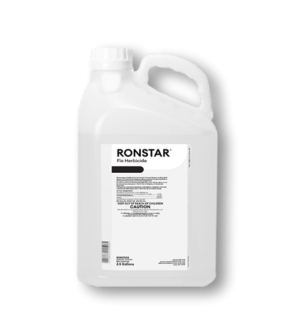Gain access to personalized product screening, the best pricing, rewards, and more!
Most Effective Products
Carpetgrass Control: How To Get Rid of Carpetgrass
This page is a general DIY guide for controlling carpetgrass. Using the recommended products and methods, you can control carpetgrass. Follow this DIY article and use the recommended products, and we guarantee 100% control of carpetgrass.
Carpetgrass is a warm-season perennial grass that is common in the southeastern part of the United States, especially in constantly moist soils. Carpetgrass gets its name from the carpet-like mats the grass forms on a lawn were established. It produces unsightly weeds that resemble crabgrass, and the lawn can appear coarse and unmown.
Carpetgrass seed stalks can rapidly grow to a height of about a foot and bear unattractive seed heads that give the lawn a weedy appearance, making it tough to mow. Carpetgrass also enjoys areas with full sun and can survive and even thrive in areas with wet and acidic soils.
If you're dealing with a carpetgrass outbreak, our easy DIY treatment guide will show you exactly how to eliminate crabgrass permanently. Follow the step-by-step instructions below using our recommended products, and you are guaranteed results.
Identification
Before moving forward with a treatment program, you must properly identify carpetgrass by knowing what it looks like. Misidentification of carpetgrass can lead to using the wrong herbicides, costing you time and money. Here are some traits to look out for when identifying carpetgrass:

- Carpetgrass is pale green or yellow-green. When temperatures cool for fall or winter, it’s noticeably one of the first grasses to brown. The grass blades are wide with crimped edges, and their tips are more rounded.
- When a solitary carpetgrass plant emerges, you can see its crabgrass-like appearance. The flat stolons or runners are reddish, and the leaves grow in an alternating arrangement.
- When carpetgrass matures, it grows tall stems up to 25 millimeters in height with a few spikes of seed heads.
- Carpetgrass is often confused or mistaken for centipedegrass because of its similar characteristics. They share similar traits except that carpetgrass produces a crabgrass-like seedhead, whereas centipedegrass has hairs along the edges of the leaves. The grass forms a thick mat and gives carpet-like coverage wherever established.
Use the description and the image above to confirm whether you are dealing with carpetgrass. If you are having trouble identifying which kind of weed you are encountering in your yard, contact us, and we will help you identify the weed.
Inspection
After you have confirmed that the weed you are encountering is carpetgrass, you can proceed with the inspection. During this phase, you will need to pinpoint the areas where carpetgrass is concentrated and the conditions of the area. This will help you determine where to focus your herbicide treatment.

Where to Inspect
Carpetgrass is a warm-seasoned perennial problem, mainly in the southern United States. It grows in a wide range of soil types but prefers high-moisture areas that see full sunlight. It can also tolerate areas with partial shade.
It may be found in warm-seasoned lawns, roadsides, airports, parks, and golf course roughs.
What To Look For
Carpetgrass is a warm-season creeping perennial grassy weed that forms a matted carpet-like appearance, hence its name. If it's on your property, it'll be hard to miss.
It actively grows from late spring to summer and becomes completely dormant in the winter. When it becomes dormant, it turns brown.
Treatment
When handling herbicides, properly protect your skin and eyes with safety equipment. Goggles, gloves, and long-sleeved clothing should suffice.
We recommend using Celsius WG Herbicide. This post-emergent herbicide will selectively kill carpetgrass in residential and commercial lawns with warm-seasoned turf.
Applications are most effective when the plant is young and actively growing, before flower or seed production.
Since this weed grows well in cool weather and goes completely dormant in winter, no herbicides are recommended for cool-seasoned turf.
Step 1: Mix and Apply Celsius WG

Determine how much Celsius WG Herbicide to use by measuring the square footage of the treatment area. Measure the length and width of the treatment area in feet, then multiply them together (length X width = square footage).
To get rid of carpetgrass, use 0.085 oz (2.4 g) of Celsius WG Herbicide per 1 gallon of water per 1,000 sq. ft.
Mix and apply the product with a handheld pump sprayer or backpack sprayer.
Fill the sprayer with half the amount of water, add the correct rate of Celsius WG Herbicide, and then pour in the remaining half of the water. Close the spray tank lid and shake until well-mixed.
Step 2: Apply Celsius WG on Carpetgrass

Once the product is well-mixed in your sprayer, spray the top and bottom of the carpetgrass using a fan nozzle setting to get a nice even coating. Do not spray to the point of runoff.
Because the weeds persist, a repeated application may be necessary about 2 to 4 weeks after the first application.
Repeat treatment in these timed intervals until the carpetgrass has died out.
However, do not exceed 0.17 oz (4.8 g) of Celsius WG Herbicide per 1000 sq. ft. in a calendar year.
Do not use this product over bahiagrass or cool-season turf.
Prevention
Once carpetgrass has been eliminated from your property, you will need to implement preventative measures to ensure that it does not return.
- To prevent unwanted grasses from growing on your turf, we recommend that you promote its health to reduce the conducive conditions that allow weeds and disease to take hold.
- Mow your grass at proper intervals to maintain a thick growing density. A lawn dense with taller trimmed grass can better choke out weeds and other unwanted grasses and prevent them from establishing.
- Reduce the shade cast on your lawn by trimming overgrown shrubbery and tree branches, raking away leaf litter and picking up any debris, and employing a proper watering schedule to provide the local grass with enough water to strengthen its roots but not so much that it encourages weeds. Many grasses require 1 inch of water every week. Apply the water all at once in the morning so it has time to seep into the ground without evaporating in the sun.
Key Takeaways
What is Carpetgrass?
- Carpetgrass is a warm-season perennial grassy weed that grows and takes over areas with moisture problems.
How to Get Rid of Carpetgrass
- We recommend using Celsius WG to remove carpetgrass from your lawn. Apply to the Carpetgrass to the point of wetness and reapply 2 to 4 weeks later to ensure it is sufficiently controlled.
Preventing Carpetgrass Reestablishment
- Prevent the reappearance of carpetgrass with regular lawn care maintenance and address your lawn's moisture and drainage issues.










